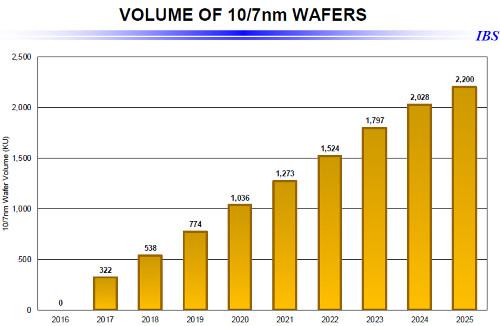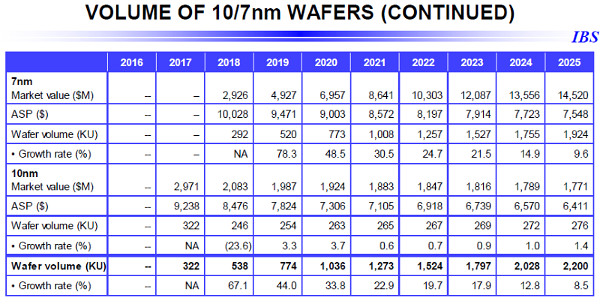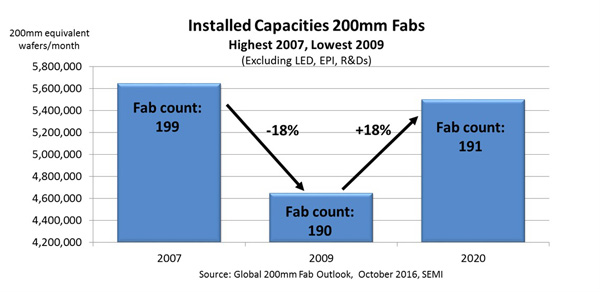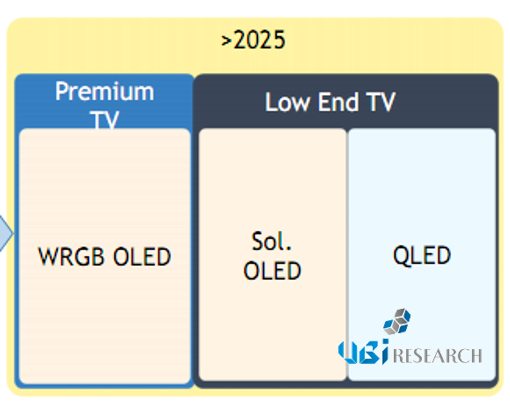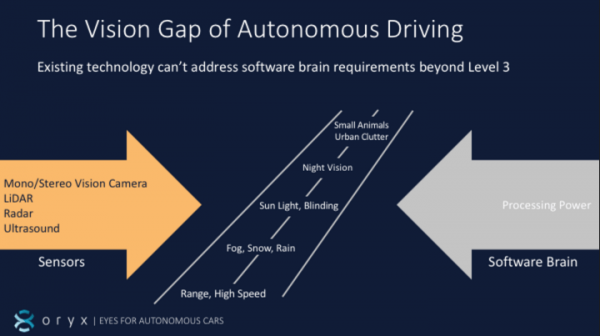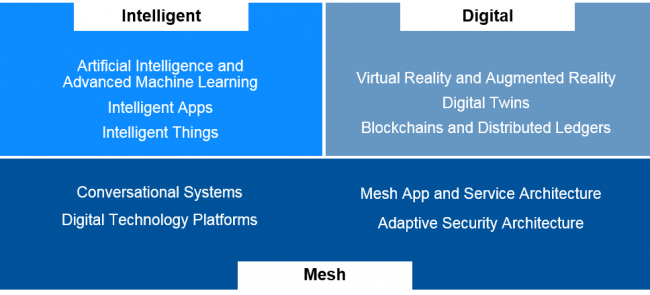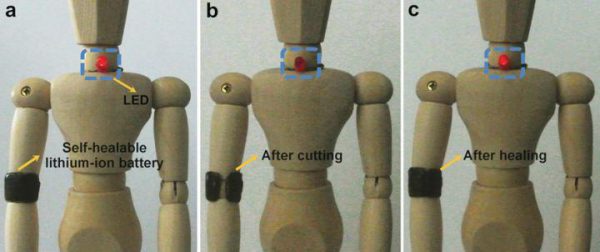
10-23: Indonesia to launch a new legislation starting 1 Jan. 2017 to enforce a “Made in Indonesia” certification on high-end, 4G smartphones; etc.
|
Chipset |
| International Business Strategies (IBS) estimates 2.2M 10/7 nm wafers will be sold in 2025 with an average wafer price of USD8,000 creating a USD17.6B market up from first year sales of 322,000 wafers in 2017. Key customers will include processor vendors AMD, Apple, Huawei’s HiSilicon, MediaTek, NVidia, Qualcomm and Xilinx as well as internal consumption in Samsung. (EET Asia, EE Times) |
| Foxconn Electronics (Hon Hai Precision Industry) is in the process of integrating Sharp into its group, including Sharp’s chip unit. Digitimes has suggested Sharp’s broad sensors and components solutions could be an important cornerstone in Foxconn’s ambition in system-in-package (SiP) and other system-level packaging field. (Digitimes, Expreview, Leiphone) |
| Since 2009, installed 200mm fab capacity has increased, and by 2020, 200mm capacity is expected to reach 5.5M wafers per month (wpm), though still less than the 2007 peak. According to SEMI’s data, by 2019, installed capacity will reach close to 5.38M wpm, almost as high as capacity in 2006. (SEMI, press) |
|
Touch Display |
| UBI Research says that WOLED technology will lead the premium TV market from 2020 onwards. According to UBI, in 2016 OLED TVs will grab a 16.7% share of the global premium TV market. In 2020, OLED TVs will lead that market with a 68.1% share. (OLED-Info, OLEDNet) |
|
Sensory |
| Oryx Vision has announced it has emerged from stealth with a veteran team from the Israeli high-tech industry to build a radically different depth sensing solution for autonomous vehicles. Oryx has raised USD17M in Series A funding led by Bessemer Venture Partners (BVP), with additional participation from Maniv Mobility and Trucks VC. (CN Beta, PR Newswire, Forbes) |
|
Battery |
| Fudan University and Samsung have introduced thin, flexible, lithium ion batteries with self-healing properties that can be safely worn on the body. Even after completely breaking apart, the battery can grow back together without significant impact on its electrochemical properties. (CN Beta, VNews, Eureka, Science Daily) |
|
Connectivity |
| AT&T is acquiring Time Warner for USD85B in a mix of cash and shares. (Android Central, AT&T, TechCrunch, Tencent) |
|
Smartphones |
| Indonesia holds plans to launch a new legislation starting 1 Jan. 2017, which would enforce a “Made in Indonesia” certification on high-end, 4G smartphones. The government plan to increase the country’s production power by forcing phone vendors to build at least 30% of smartphones in Indonesia. This could include the hardware, software or a mixture of both. (Android Authority, Arena LTE, Strategy Analytics, Business Insider) |
|
Wearables |
| HTC CEO Cher Wang has revealed that 140,000 HTC Vive headsets have been sold since it launched in Apr. 2916. (Android Headlines, Forbes, PC Online) |
|
Internet of Things |
| Gartner analyst David Cearley unveiled the research giant’s most important trends that IT leaders need to work into their plans for 2017—1. AI and Advanced Machine Learning; 2. Intelligent Apps; 3. Intelligent Things; 4. Virtual and Augmented Reality; 5. Digital Twin; 6. Blockchain and Distributed Ledgers; 7. Conversational System; 8. Mesh App and Service Architecture; 9. Digital Technology Platforms; and, 10. Adaptive Security Architecture. (CN Beta, Network World, TechRepublic, Gartner, press, full report) |
| To compete with the likes of Amazon, WalMart Stores Inc. is investing USD50M in Chinese online grocery and delivery company New Dada. (Digital Trends, Reuters, Sina) |
| A completely autonomous car is not what they are looking for, said Seigo Kuzumaki, Toyota’s assistant chief safety technology officer. Their priority is to reduce the number of accidents. (CN Beta, Automotive News) |
| Amazon CEO Jeff Bezos thinks Alexa, the virtual assistant that powers Echo devices, could be a useful tool for health care providers and patients. (CN Beta, Geek Wire) |
